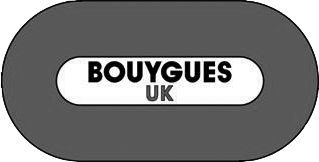Helical Piles – Better than Concrete?
June 28, 2019 3:35 pmUnderstanding the key differences between helical piles and concrete is vital before you can begin to cast judgement on which is better.
Helical piles consist of a steel shaft which has a plate welded to the exterior surface; this plate assists the screwing in motion of the device as it is inserted into the earth and offers strong resistance against any movement to the shaft.
Concrete works by spreading across a surface and offering resistance in that way. Where a helical pile literally anchors a structure firmly into the ground, concrete merely glues it into place. This of course means that the building or structure being supported by concrete is more at risk of structural damage because concrete is vulnerable to damage under pressure.
Concrete does distribute extreme weights very well and of course this is useful but it must only be used at low depth and if soil conditions alter…which they very often do as the weather changes, then the building and the foundation can develop cracks and gaps which leave the structure vulnerable.
Helical piles take a very short time to install; literally under an hour and their genius lies in their ability to distribute weight far below the surface. They may be used in sandy, dry and shifting ground or in wet, unstable and flood-prone ground.
The lack of noise and disruption is also a big plus and especially in residential areas where building noises are regulated and need to be kept to a minimum.
In short, helical piles have many advantages over concrete in terms of cost, efficiency, longevity and versatility. This is why they are used by industries all over the world for the secure installation of many structures…not just buildings.
- Signage
- Wind turbines
- Lighthouses
- Bridges
- Piers
- Walkways
- Cabins
Categorised in: helical piles




















